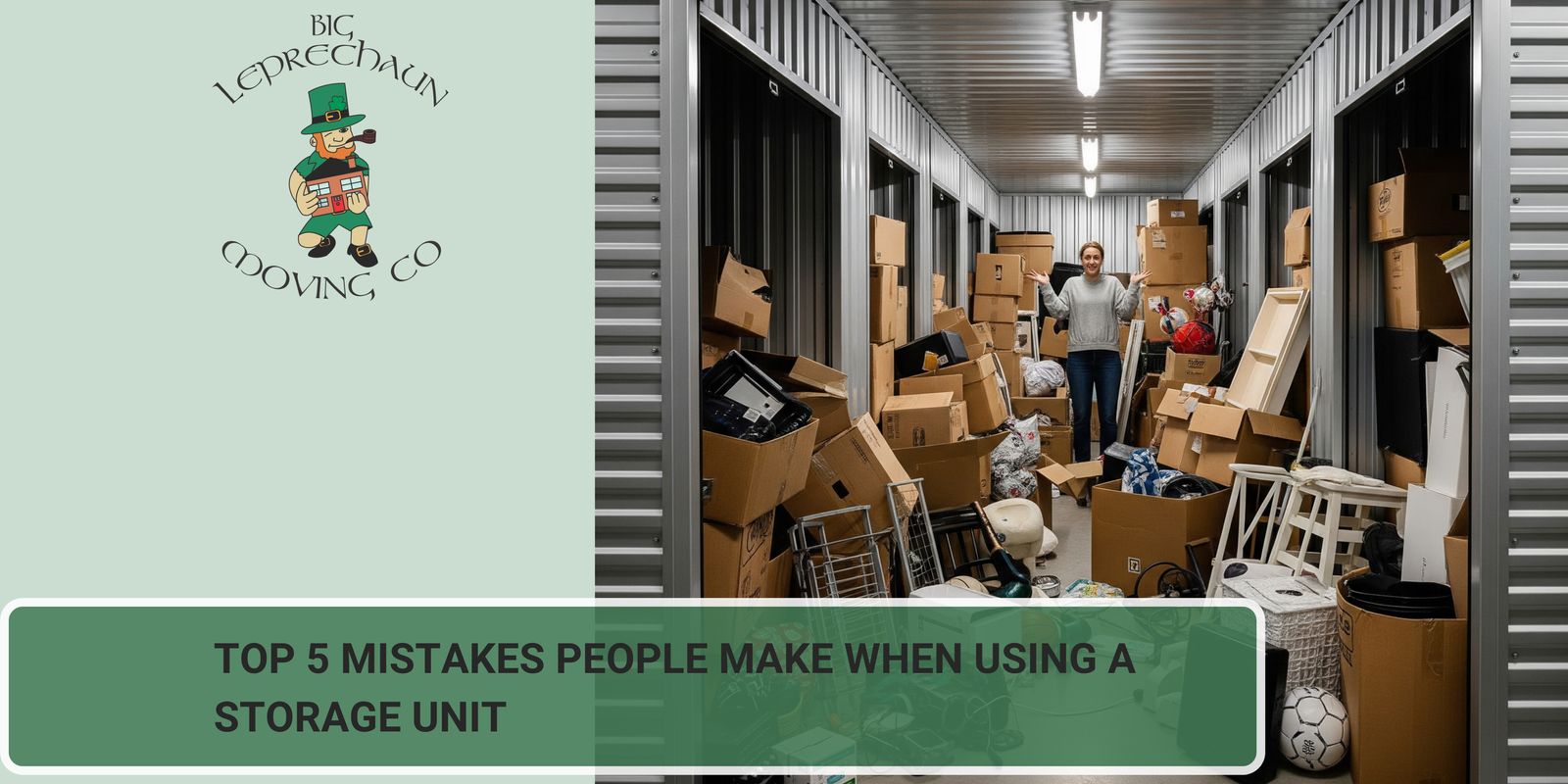Moving to a new home can be an exciting milestone, but it often comes with unexpected expenses that can strain your budget. From hiring professional movers to packing supplies, costs add up quickly. By understanding the various factors that influence moving expenses and implementing practical budgeting strategies, you can minimize surprises and keep your relocation on track financially. This guide breaks down the real costs involved in moving and offers actionable tips to help you budget effectively.
1. Major Categories of Moving Expenses
1.1 Professional Movers vs. DIY Move
- Full-Service Movers: Hiring licensed movers to pack, load, transport, and unload your belongings provides convenience but comes at a premium. Average costs for a cross-country move can range from $2,500 to $5,000, depending on distance and shipment size.
- Truck Rental: Renting a moving truck and handling all tasks yourself can be significantly cheaper, often between $500 and $2,000 for long-distance moves. However, fuel fees, insurance, and potential lodging for multi-day trips can add up.
- Hybrid Approach: Some households choose moving container services (e.g., PODS) where you load your boxes into a container and the company transports it. While less expensive than full-service movers, monthly storage fees and transportation charges may apply.
1.2 Packing Supplies and Equipment
- Boxes and Containers: Purchasing sturdy moving boxessmall, medium, and large, typically costs between $1 and $3 per box. You’ll need approximately 20–30 boxes for a one- to two-bedroom apartment and 50–70 boxes for a larger home. Consider sourcing free or discounted boxes from local grocery stores or online marketplaces to cut costs.
- Packing Materials: Bubble wrap, packing paper, tape, and furniture blankets collectively cost between $100 and $300 for an average-sized move. Reusing linens and towels as padding can minimize the need for specialty materials.
- Equipment Rental: Dolly carts, furniture pads, and wardrobe boxes may be rented for $20 to $50 per item per day. If you ask friends or family to help with heavy lifting, you may reduce equipment rentals.
1.3 Transportation and Fuel
- Fuel Costs: For DIY moves, calculate fuel based on total miles and current gas prices. A 1,000-mile trip in a fully loaded moving truck may consume 100–150 gallons of fuel. At $3 per gallon, fuel alone could exceed $300–$450.
- Tolls and Parking Fees: Long-distance routes often include toll roads. Additionally, parking permits or meter costs in urban destinations can add $50–$200 to your budget. Plan routes in advance and reserve loading zones where possible.
- Vehicle Shipping: If you need to transport a car separately, open-carrier auto transport typically ranges from $700 to $1,200 for cross-country shipments. Enclosed carriers offer extra protection at a 20–30% premium.
1.4 Temporary Housing and Lodging
- Hotel Stays: Multi-day DIY moves sometimes require overnight stays. Budget $100–$200 per night for mid-range hotels, especially during peak travel seasons.
- Short-Term Rentals: If your closing date or lease start date doesn’t align perfectly, consider short-term rentals (VRBO, Airbnb) costing $50–$150 per night. Compare lodging options early to secure lower rates.
1.5 Insurance and Liability Coverage
- Basic Coverage: Most moving companies provide basic liability coverage, around $0.60 per pound per item, often insufficient to replace high-value belongings.
- Full-Value Protection: Full-value protection policies guarantee repair or replacement of damaged items. Costs vary, typically 1–3% of the declared value. For a $10,000 inventory, expect $100–$300 in additional insurance fees.
- Renter’s or Homeowner’s Insurance: Verify if your existing policy covers items in transit. If not, purchasing separate moving insurance from a third-party insurer may run $100–$200.
2. Hidden and Overlooked Costs
2.1 Utility Setup and Deposits
- Connection Fees: Setting up utilities, electricity, water, gas, cable, and internet often incurs connection fees ranging from $10 to $100 per service.
- Security Deposits: New utility accounts may require refundable deposits of $50–$200, depending on credit history and provider policies.
- Early Termination Fees: If you break an existing lease or service contract, early termination fees can reach $200–$500. Account for these when timing your move.
2.2 Cleaning and Repairs
- Move-Out Cleaning: Landlords may require professional cleaning upon move-out. Costs for a one-bedroom apartment average $150–$300, while larger homes can exceed $400.
- Minor Repairs: Patch holes, replace light bulbs, or fix minor wall damage to avoid losing part of your security deposit. Allocate $50–$150 for minor repair supplies or handyman fees.
- Move-In Preparations: At your new residence, consider hiring cleaning services before moving in. A deep cleaning for a 2,000-square-foot home can cost $200–$400.
2.3 Time Off Work and Lost Productivity
- Unpaid Time Off: Day-of moving chores, scheduling utility service calls, and setting up the new home may require taking unpaid leave, especially for hourly workers. Estimate 2–4 days of lost wages based on your income.
- Productivity Drops: Even if salaried, moving can reduce productivity. Consider whether a move will require long evenings or weekends of unpacking that impact personal time.
3. Budgeting Tips for a Cost-Effective Move
3.1 Create a Detailed Moving Budget
- List Every Expense: From large items (movers, truck rental) to small bills (moving labels, snacks for helpers), catalog every anticipated cost. Use a spreadsheet or budgeting app to organize categories.
- Get Multiple Estimates: Contact at least three moving companies and three truck rental providers. Compare quotes for services, add-on fees, and insurance options.
- Set Aside 10–15% Contingency: Unforeseen costs, last-minute packing materials, extra miles, or delayed closing dates often arise. A buffer helps you avoid dipping into savings if unexpected charges occur.
3.2 Time Your Move Strategically
- Off-Peak Season: Summer months (May–September) see peak moving demand, increasing prices. Consider relocating during late fall or winter, when companies offer discounted rates.
- Mid-Month or Mid-Week: Weekends and month-ends are high-demand periods. Booking on a Tuesday or Wednesday, mid-month, can reduce moving rates by 10–20%.
3.3 Declutter to Reduce Volume
- Sell or Donate Unused Items: Hosting a garage sale or listing items online can offset moving costs and reduce the amount you need to transport.
- Trash or Recycle Bulk Waste: Appliances, broken furniture, or expired products add weight and bulk. Local waste management services often offer scheduled “bulky item” pickups.
3.4 DIY Where Feasible
- Packing and Loading Assistance: Recruit friends or family for a free pizza-and-drinks incentive. Their help can eliminate the need for professional packers (saving $300–$600).
- Moving Day Helpers: Offer hourly wages (e.g., $15–$20 per hour) to friends instead of paying full-service rates of $25–$40 per hour per mover. Even a small crew can complete loading and unloading tasks in a fraction of the time.
3.5 Leverage Employer or Military Benefits
- Relocation Packages: Some employers cover moving expenses, up to a specified cap. Review your HR policy for allowances on moving trucks, temporary housing, or real estate agent fees.
- Military Moves (PCS): Active-duty military members often receive full reimbursement through the government’s Personally Procured Move (PPM) program. Track mileage, weight tickets, and lodging receipts to maximize your reimbursement.
4. Final Checklist for Budgeting Success
- Obtain Written Estimates: Ensure all quotes include itemized fees, fuel charges, packing materials, and insurance add-ons.
- Reserve Early: Book your chosen mover or rental truck at least 4–6 weeks in advance to lock in lower rates.
- Purchase Supplies in Bulk: Buy moving boxes from wholesale suppliers or order online in bulk to reduce per-unit costs.
- Schedule Utility Transfers: Coordinate start and end dates to avoid double billing or service interruptions.
- Monitor Your Budget Weekly: Update actual costs against projected figures to catch budget overruns early.
5. Conclusion
The real cost of moving encompasses far more than just hiring a truck or paying for movers. From packing supplies and hidden fees to time off work and potential repairs, every factor influences your final budget. By understanding these costs in detail, creating a realistic moving budget, and employing smart strategies, such as decluttering, timing your move off-season, and soliciting help for DIY tasks, you can reduce expenses and enjoy a smoother relocation. Careful planning and proactive budgeting ensure that your move remains a positive life transition rather than a financial burden.







